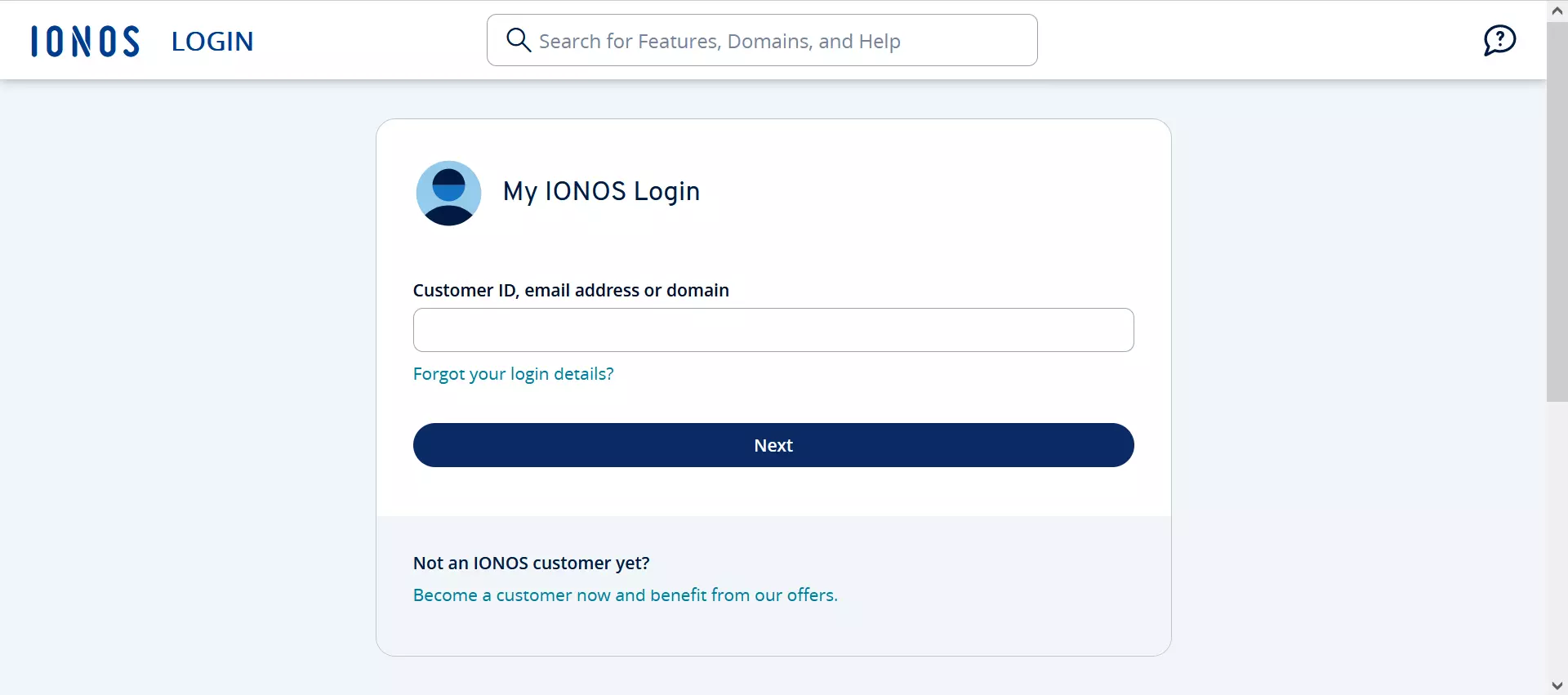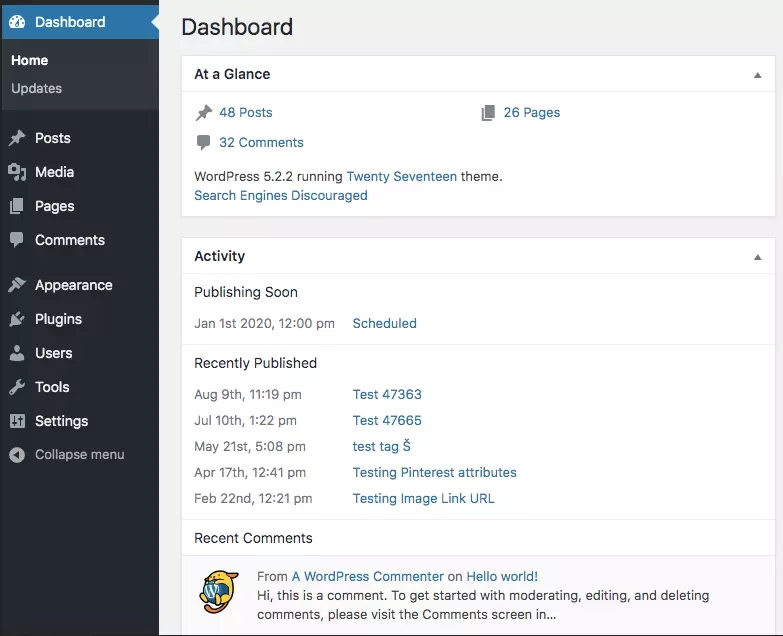Frontend vs. backend explained simply
When you take a closer look at a CMS like WordPress, commission an app, or delve deeper into a new piece of software, you’ll come across the terms “frontend” and “backend”. What is the relationship between frontend and backend, and how do they differ from one another?
Backend and frontend are two levels of one software
Frontend and backend are found in every piece of software and as a result, on every website. The two terms just describe two different levels that make up programs or sites.
In order to understand what frontend and backend mean, it makes sense to first look at them independently of each other. Although both levels are very closely related, they perform completely different tasks. An application will only run smoothly when the frontend and backend are perfectly in sync.
What is a frontend?

To understand what exactly the frontend is, put yourself in the shoes of the user. When you visit a website or open an app, the user interface that you see is the frontend. This includes not only the images and text that are open in front of you, but also the entire design of the page or software, from the color to the font to the placement of the individual elements. The frontend enables interaction between the user and the program.
In the article “What is a Frontend?” we go into more detail about the features and functions of the frontend.
What is a backend?

The backend refers to all the things that go on behind the scenes. These are all the processes that users have no direct access to, but actually make the website or application function. The backend is where the administrative work happens, ensuring that everything runs smoothly. For example, functions are defined, databases are updated, and changes are made to the layout. In this sense, the backend is the heart of a site or program and is always working in the background to ensure that users get the best experience possible.
For more detailed information about the backend, take a look at our article “What is a Backend?”.
What are the differences regarding frontend vs. backend?
The main difference between frontend and backend is the functional purpose of the two components. The client-side frontend is the openly visible area of a software program and the direct point of contact for all end users. The server-side backend is not directly visible to the user and usually remains this way.
This means that frontend and backend have different requirements for their development. A frontend developer’s work consists of designing an appealing, user-friendly user interface. Factors such as performance and a responsive design that automatically adapts to different display sizes must also be taken into account. When developing the backend, functionality comes first. The frontend must have a suitable technical basis, including the relevant APIs (interfaces).
When programming frontend and backend, different programming languages, frameworks and libraries are used for the reasons mentioned above. This is why it is not uncommon for developers to specialize in one field. In the table below we have compared the most popular tools for frontend and backend.
| Frontend | Backend | |
|---|---|---|
| Programming language | HTML, CSS, JavaScript | PHP, Java, Python, C++, Ruby |
| Frameworks | Angular.JS, Bootstrap, jQuery | Django, Spring Boot, Laravel, Ruby on Rails |
| Libraries | React.js, Backbone.js | Express.js |
Planning a web project with WordPress and want to focus entirely on the design of your website? With Managed WordPress Hosting from IONOS you can set up your project easily and with minimal administration effort.
How frontend and backend interact
Frontend and backend are fundamentally different from each other, but it’s their interaction that ensures a site runs smoothly. The backend is responsible for ensuring that software works properly and the frontend can only provide a good user experience if it is easy to understand and appealing. So, to ensure everything runs smoothly, both components should be as closely coordinated as possible. This results in software that is user-friendly, visually appealing, full of features and secure all at the same time.
Generally a CMS’ backend and frontend are connected in such a way that the backend only works with one frontend. However, with a Headless CMS, an interface allows an unlimited number of frontends to be supplied by a single backend.

